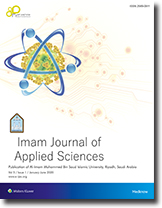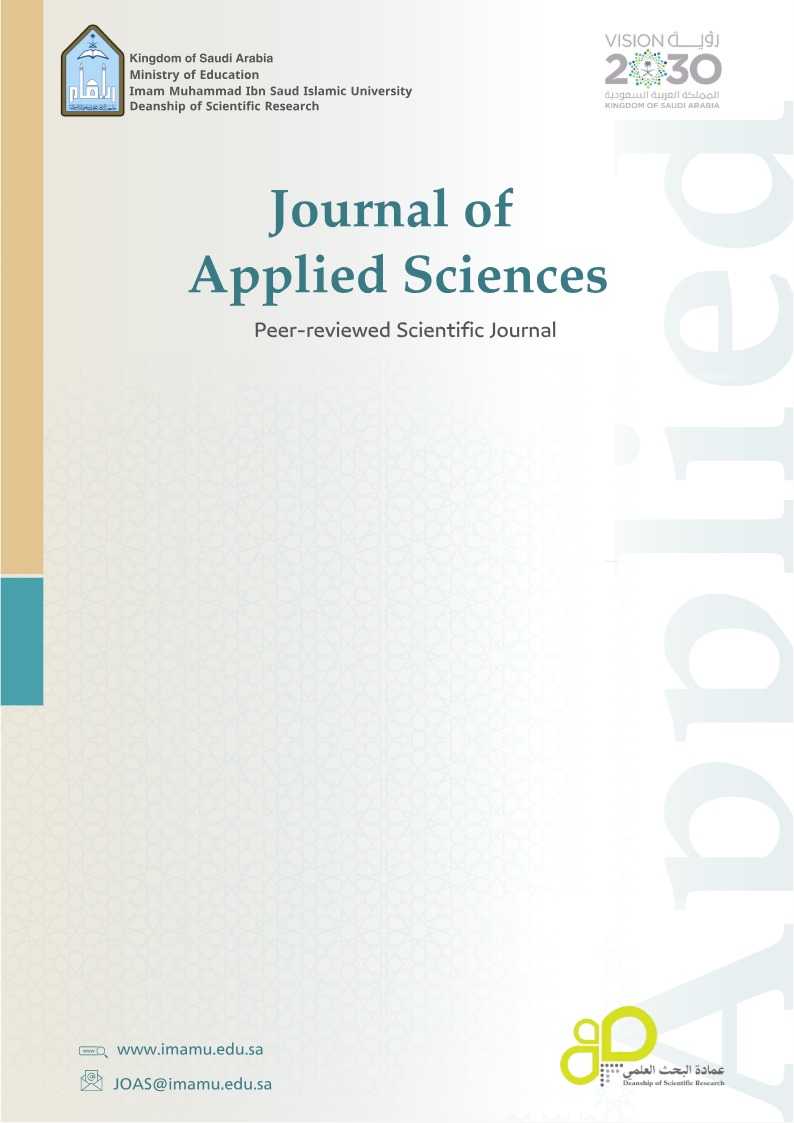Advanced multilevel analysis of crash counts by severity type on multilane arterial segments with multiple intersections
Keywords:
Multilevel modeling, multivariate analysis, heterogeneity, sign control, signal control, intersection density, segmentAbstract
This paper employs advanced multilevel modeling to predict crash counts on multilane arterial segments with numerous intersections, providing actionable insights into traffic safety. Using crash data from Ohio (2016–2017), two-level (univariate) and three-level (multivariate) models are constructed to analyze fatal and injury (FI) crashes and property damage-only (PDO) crashes both separately and jointly. The multivariate model demonstrates superior predictive performance, reducing root mean square error from 11.017 to 5.615 and explaining 92% of the variance in out-of-sample 2017 data. Key findings reveal significant heterogeneity across state routes and strong correlations between FI and PDO crash counts. The analysis identifies eight critical factors influencing FI crashes and five for PDO crashes. For example, adding a lane in a multilane arterial segment increases FI crashes by an average of 1.546 crashes, while divided segments decrease FI and PDO crashes by 3 and 9 crashes, respectively. Additionally, each additional signalized intersection raises FI and PDO crashes counts by 0.992 and 3.840 crashes, respectively.




